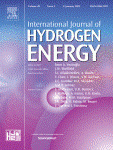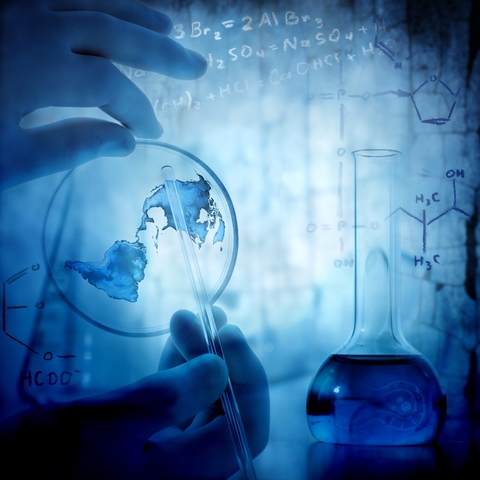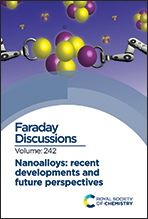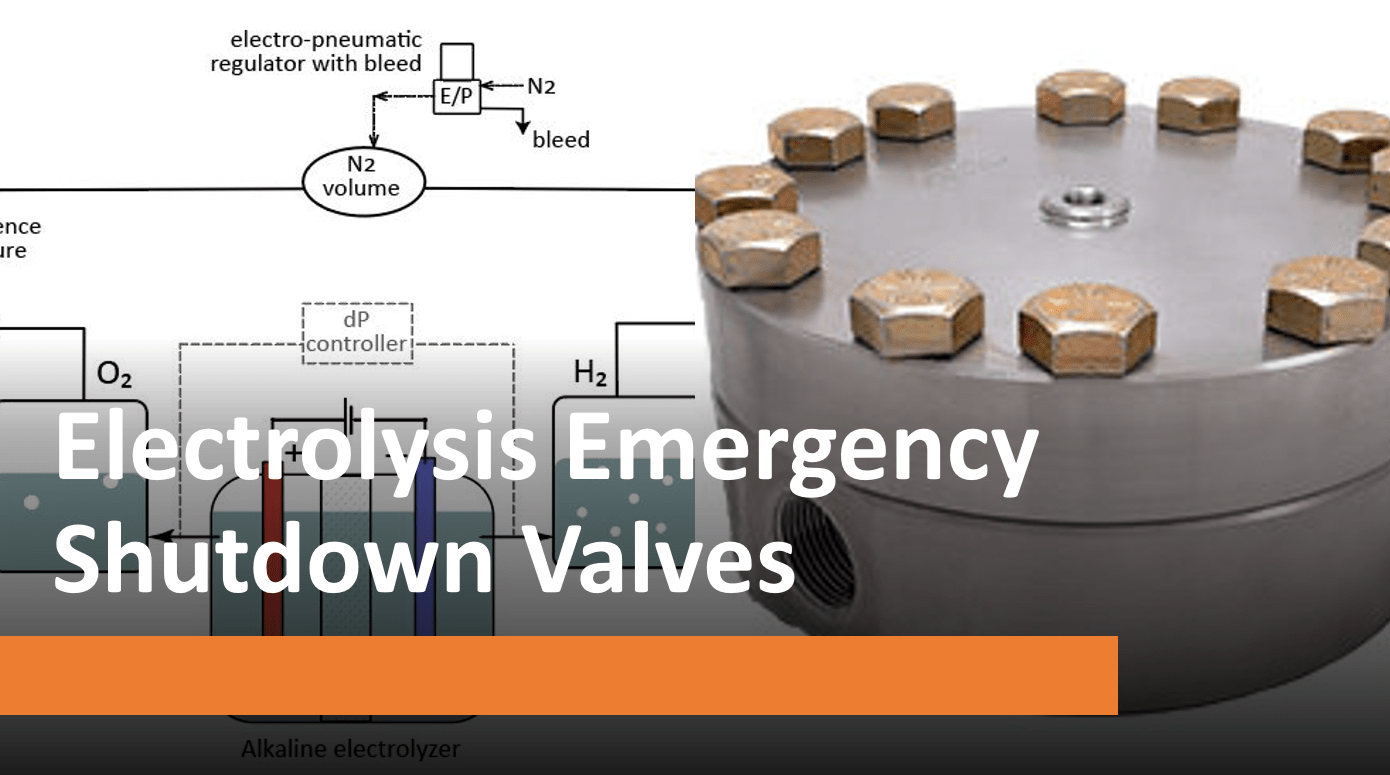March is here, and that means it’s time to focus on the phenomenal work being done by Equilibar’s research customers.
Why March? The tradition began as a spinoff from Equilibar’s March Madness bracket contest. One year, we thought it would be fun to see how many universities competing in the NCAA Men’s Basketball Tournament were Equilibar customers, and we’ve been keeping track ever since.
More recently, Equilibar also began using March Madness as a reminder to do an annual review of scientific papers reporting on research utilizing our technology. This includes work conducted not only at US universities, but also at government, private and corporate research institutions around the world. Each year, it’s quite an impressive compilation.
2023 Survey
This year’s informal survey of research databases shows well over 100 papers citing our technology in a wide range of journals including the International Journal of Hydrogen Engineering, Green Chemistry, Chemical Engineering Journal, and Protein Science.
While it’s fascinating to see the scope of studies that incorporate Equilibar devices, we’re especially glad to see so many projects using our technology to positively impact the world via green energy, toxic waste destruction, sustainable manufacturing and more.
The following are just a few examples of the impressive body of work in which Equilibar® valves and regulators have been used to explore and advance these efforts during the past 12 months:
First up: Faraday Discussions features a study about creating methanol from carbon dioxide with two-fold environmental benefits:
Methanol synthesis from CO2 and H2 using supported Pd alloy catalysts
Hydrogenation of carbon dioxide to methanol has been a popular area of research in recent years. Not only does this process offer a way to use CO2 and thus reduce carbon emissions, it also provides a route to the green production of methanol, which can be used for hydrogen energy storage and as an alternative fuel to gasoline. CO2 can be captured from the atmosphere or recovered from sources such as power plants prior to release into the environment. It can then be combined with hydrogen from a renewable source, such as solar/wind-powered water electrolysis, to provide sustainable methanol synthesis.
This article is open access and gives a nice explanation of the pressure control system involving Equilibar.
~~~
In Green Chemistry, an environmentally friendly solvent holds promise as a method for eliminating plastic waste:
This research establishes Tetrahydropyran (THP) as a practical green solvent that can be used for numerous applications, including the dissolution of plastic waste. THP is non-carcinogenic, biodegradable and economically competitive as a solvent. To make THP even more environmentally attractive, this research synthesizes THP from renewable biomass.
Of technical interest is the fact that argon was used as the pilot fluid to control the Equilibar regulator’s pressure setpoint rather than the much more commonly used air or nitrogen.
~~~
A new method of destroying forever chemicals is explored in Chemosphere:
Equilibar has been involved in more than one effort to develop useful methods to remove or destroy harmful per- and polyfluoroalkyl substances (PFAs) in contaminated water.
This paper focuses on a new way to eliminate PFAs in fire training ponds. Many military installations and airports have fire training ponds where PFA-containing foams are discharged during training drills. Fire training pond water disposal is expensive and challenging due to the high PFA levels.
Hydrothermal alkaline treatment (HALT) is a subcritical water process that uses an alkaline amendment to break down PFAs. This study examines the efficacy of the HALT process for PFA-impacted water treatment in a continuous HALT reactor.
~~~
 A better storage system improves green energy’s hydrogen cycle:
A better storage system improves green energy’s hydrogen cycle:
Like oil and gas, hydrogen is a fuel that can be used for transportation and the generation of electricity. It can be used in cars, houses and many other applications. Unlike oil and gas, hydrogen is a clean fuel. When consumed in a fuel cell, it produces only water.
Hydrogen storage is significant because it is a necessary step in using hydrogen as a practical source of green energy.
Liquid organic hydrogen carrier (LOHC) systems offer a promising way to store and transport hydrogen in a safe and dense form at ambient conditions. Compared to other chemical hydrogen storage systems such as ammonia, formic acid and methanol, LOHC systems enable reversible storage of hydrogen.
~~~
For more inspiring research featuring our customers, search for “Equilibar” in popular databases of scientific journals such as Elsevier, Royal Society of Chemistry, and Google Scholar. Please note that some of the articles require a subscription service to scientific journals for full text access. Contact your institution for more information.
Finally, be sure to follow our social media for updates on how our customer universities are doing in March Madness. This year we have customers at 30 of the 64 universities participating in the men’s tournament and a record 32 of the 64 in the women’s tournament!
And, as always, we encourage you to get in touch with one of our experienced application engineers about your specific fluid control challenge.






